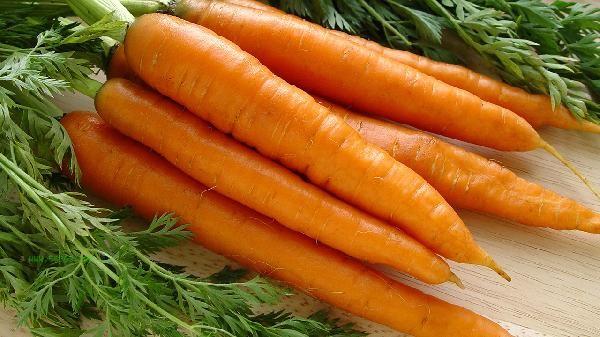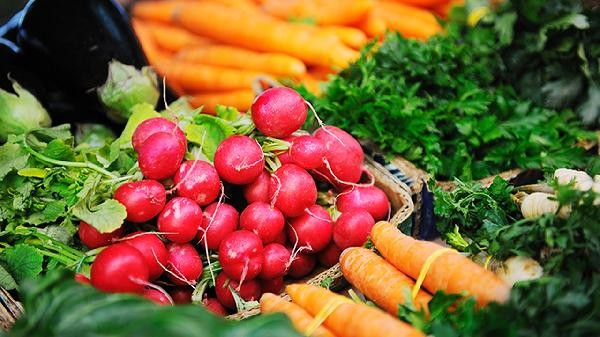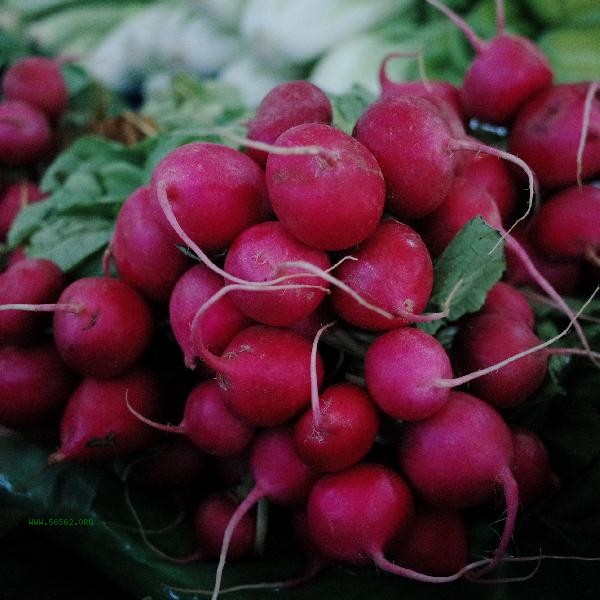The odor of radish mainly comes from sulfides, which can be effectively removed through methods such as blanching, sugar pickling, and pairing with acidic ingredients.

1. Blanching treatment
Cut the radish into pieces and blanch it in boiling water for 30 seconds to 1 minute. High temperature can decompose most volatile sulfides. Immediately supercooling after blanching can maintain a crispy and tender taste, suitable for pre-treatment before cold mixing or stewing. Note that white radish needs to be blanched to remove its fishy smell more than green radish.
2. Sugar pickling
Marinate radish slices with white sugar or honey for 15 minutes. Sugar can combine with sulfides to transform the flavor. This method is particularly suitable for making pickled radish with sweet and sour flavors. Squeezing the juice after sugar soaking can further reduce the odor. Sugar substitutes can be used in patients with diabetes.
3. Acidic Neutralization
When cooked with acidic ingredients such as lemon juice, vinegar, or tomatoes, the acidic environment can inhibit the release of sulfides. Adding rice vinegar when making radish soup, or adding lemon peel when cold mixing, has a significant effect. Individuals with excessive stomach acid should control the dosage of acidic ingredients.

4. Spice masking
Stew star anise, cinnamon, Sichuan peppercorns and other spices with radish, and the aromatic components in the spices can mask the odor. When making Kanto style boiled or braised radish, adding fragrant leaves and cloves yields better results. People with allergies should avoid specific spices.
5. fermentation conversion
Pickles are made by fermenting with lactic acid bacteria, and microbial metabolism can completely convert sulfides into flavor compounds. Traditional Korean style radish kimchi needs to be sealed and fermented for at least 3 days, and the container should be disinfected to avoid contamination by miscellaneous bacteria.

During daily storage, the radish shoots can be retained to delay the formation of sulfides, and should be consumed as soon as possible after cutting. Pairing with ingredients rich in vitamin C, such as bell peppers and kiwifruit, can help reduce sulfide residues. Keeping ventilation during cooking can accelerate the volatilization of odors. For those with gastrointestinal sensitivity, it is recommended to choose carrots from winter and spring seasons, when the sulfide content is lower. If you are extremely intolerant to the smell of radish, you can prioritize small varieties such as cherry radish.








Comments (0)
Leave a Comment
No comments yet
Be the first to share your thoughts!